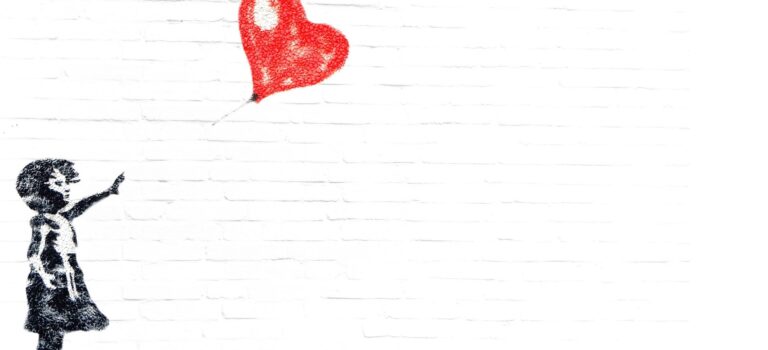Last updated on September 21st, 2023 at 12:27 pm
When Your Attachment Style Causes Detachment
Someone once said, “I am having problems in a relationship. I recently moved in with my partner, and our relationship was going well. We got into a fight, and then all of a sudden, it felt like it was over. I am confused. How does someone go from hot to cold so quickly? I feel angry and scared. I feel abandoned. And I can’t find a way to talk about my feelings with him. He is so defensive and just keeps explaining and rationalizing. He isn’t able to hear me. What is going on? What should I do?”
~
From hot to cold
There are many reasons why someone might go from hot to cold quickly. Sometimes we do something that pushes someone’s buttons, and they simply cannot deal with what was triggered for them. They may believe that what has occurred has invalidated the relationship.
Another way to look at this is to look at your attachment styles. What if you have what is known as an Anxious-preoccupied attachment? What if your partner has what is known as Fearful-avoidant (disorganized) attachment? In a relationship, our attachment styles contribute to our interactional patterns.
As someone with an Anxious-preoccupied attachment, you will tend to be very focused on the relationship in a way that requires a lot of reassurance from your partner. You may have fears of being abandoned. When you feel insecure, you may get clingy or attempt to push your way deeper into the relationship.
Your partner, however, may have a Fearful-avoidant (disorganized) attachment style. This is someone who wants to love and be loved, but they also fear letting anyone in. Someone with a Fearful-avoidant attachment style does not trust easily in intimate relationships. They have trouble believing they can be loved and supported. They often are waiting for something to go wrong, for proof that they will be rejected or hurt.
This causes problems in a relationship that will require attention to solve.
Attachment styles develop as infants, babies and children
Our attachment styles develop as we interact with our caregivers. At times, instead of being nurtured, something else is occurring. Perhaps our caregiver is mis-attuned to us. Maybe they are actually a source of fear. They may push us away or reject our feelings. Each scenario impacts how we relate because we are doing our best to be safely and securely attached to our caregiver. We may develop low self-esteem or any number of other ways of being.
With an Anxious-preoccupied attachment style, we may have learned that we have to work for connection. And so we develop an anxious preoccupation with how our partners are treating us.
With a Fearful-avoidant (disorganized) attachment style, the caregiver who is supposed to be a source of nurturing and safety behaves in a way that causes fear in the baby and is scary. This causes a dilemma for the baby or child. They are dependent on an unsafe caregiver. They need to stay close to the caregiver to survive, and they do not trust the caregiver or feel safe. You can see how this internal dilemma echoes in an adult partnership and causes problems in a relationship.
Interactions with our partners are revealing
Our interactions with our partners, especially our more challenging interactions, bring these ways of relating to the forefront. The Fearful-avoidant (disorganized) attachment style person may push their partner away. (This can also occur with the Avoidant-dismissive attachment style, which we are not looking at here.) They may run hot and cold. Building trust with them and creating a safe and secure relationship is a long-term project.
Through the process of understanding how we react to each other, how we trigger each other, and how our early wounds have impacted us, and through the process of repair – learning to take care of each other emotionally, the relationship can slowly reorder and change from the earlier dynamics to secure dynamics.
This will involve both exploring childhood wounding and learning to repair disconnections with our partner as they occur. Repairing means we find a way to show up for our partner, despite our fears. We look at how our actions trigger each other. We talk about each other’s perspectives and learn more about each other and ourselves.
It is worth noting that individuals may see their actions as ego-dystonic, meaning they realize their behaviors do not work. Or they may see their behaviors as ego-syntonic, meaning they think their behaviors are appropriate. To change, both partners must look at what does not work in their behavior. They must recognize that their responses and behaviors are part of their subjective reality and that they can and need to be changed so that the relationship can change.
~
Learn more
You can read more about wounds here and how they impact relationships.
Learn about the different attachment styles in this article, Using Attachment Types to Improve Communication.
You can also learn more about attachment styles here in this article, Grow Your Relationship with an Attachment Style Quiz.
Listen to Jennifer Lehr, LMFT guesting on podcasts discussing relationships and problems in a relationship here.
WeConcile will be coming out as an App in 2021. Stay tuned!
© 2020 - 2025 WeConcile
